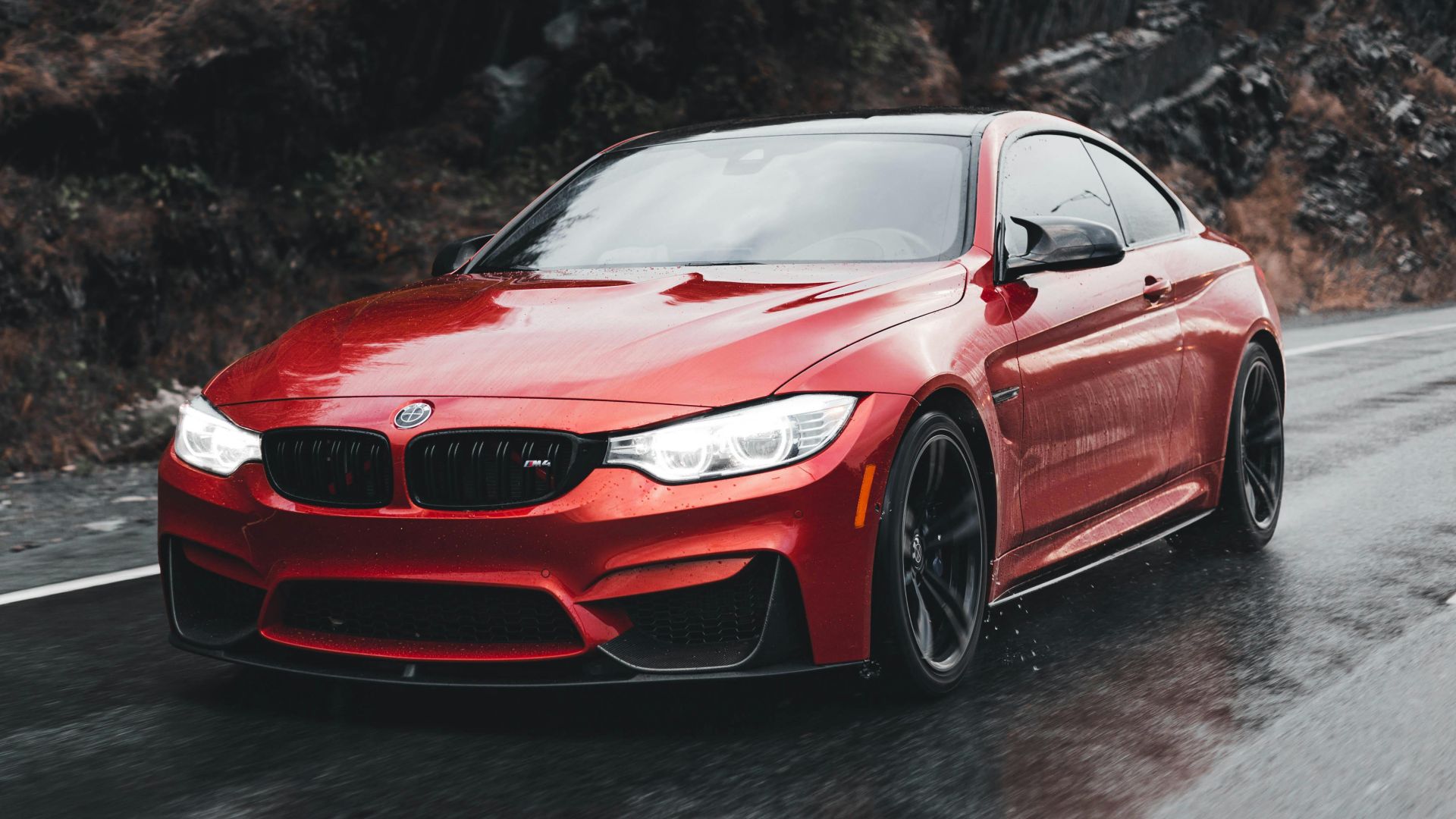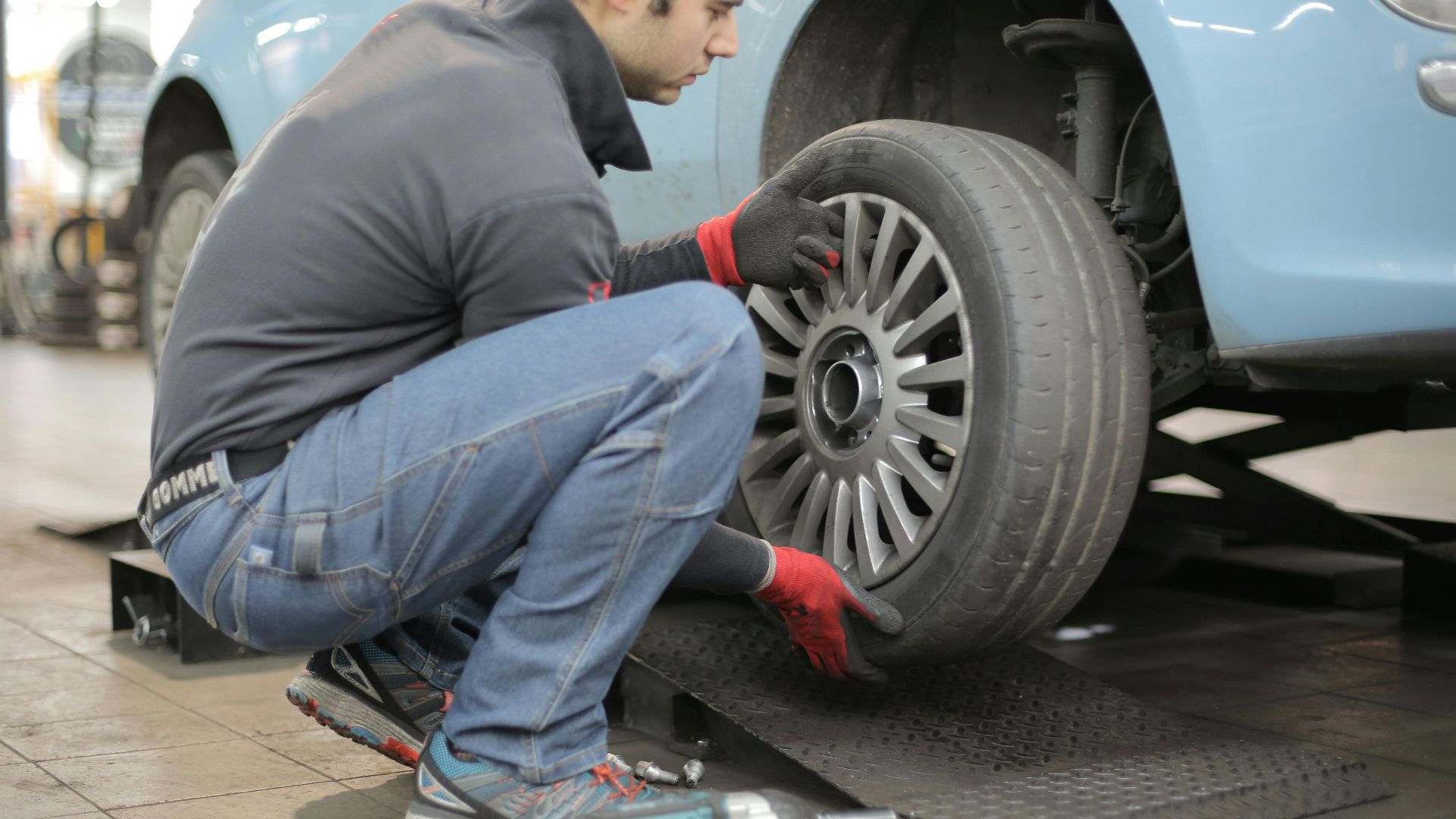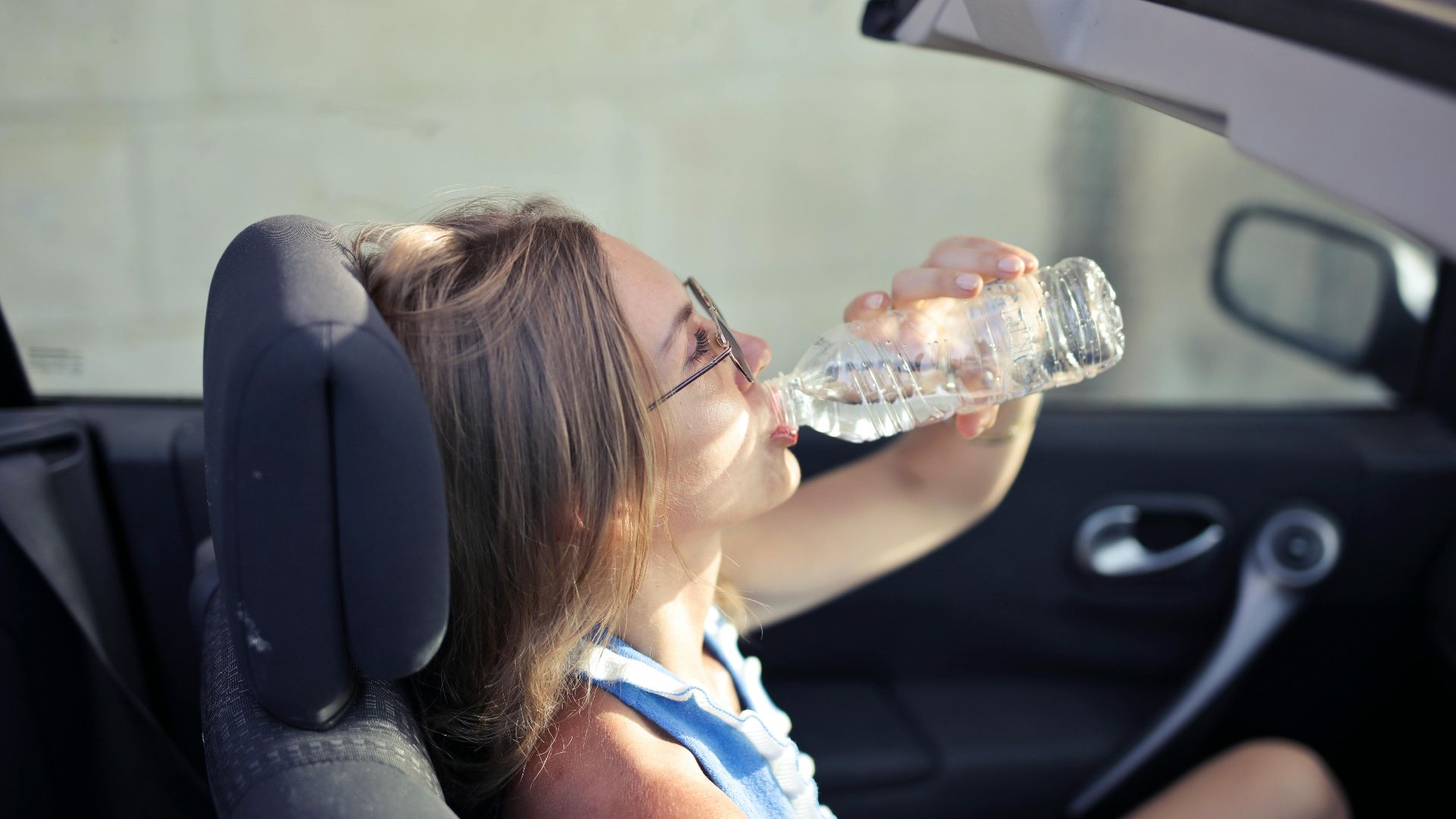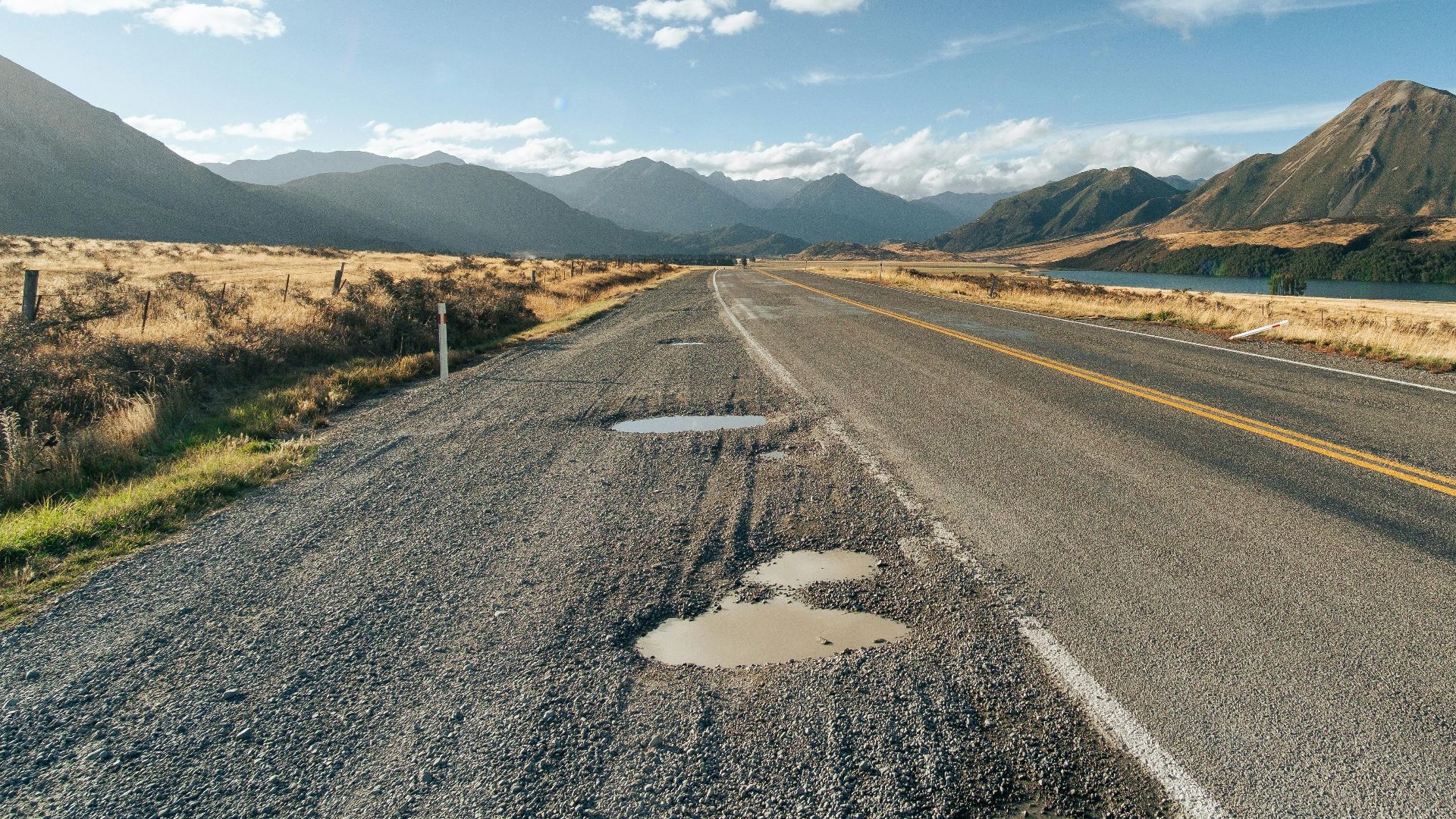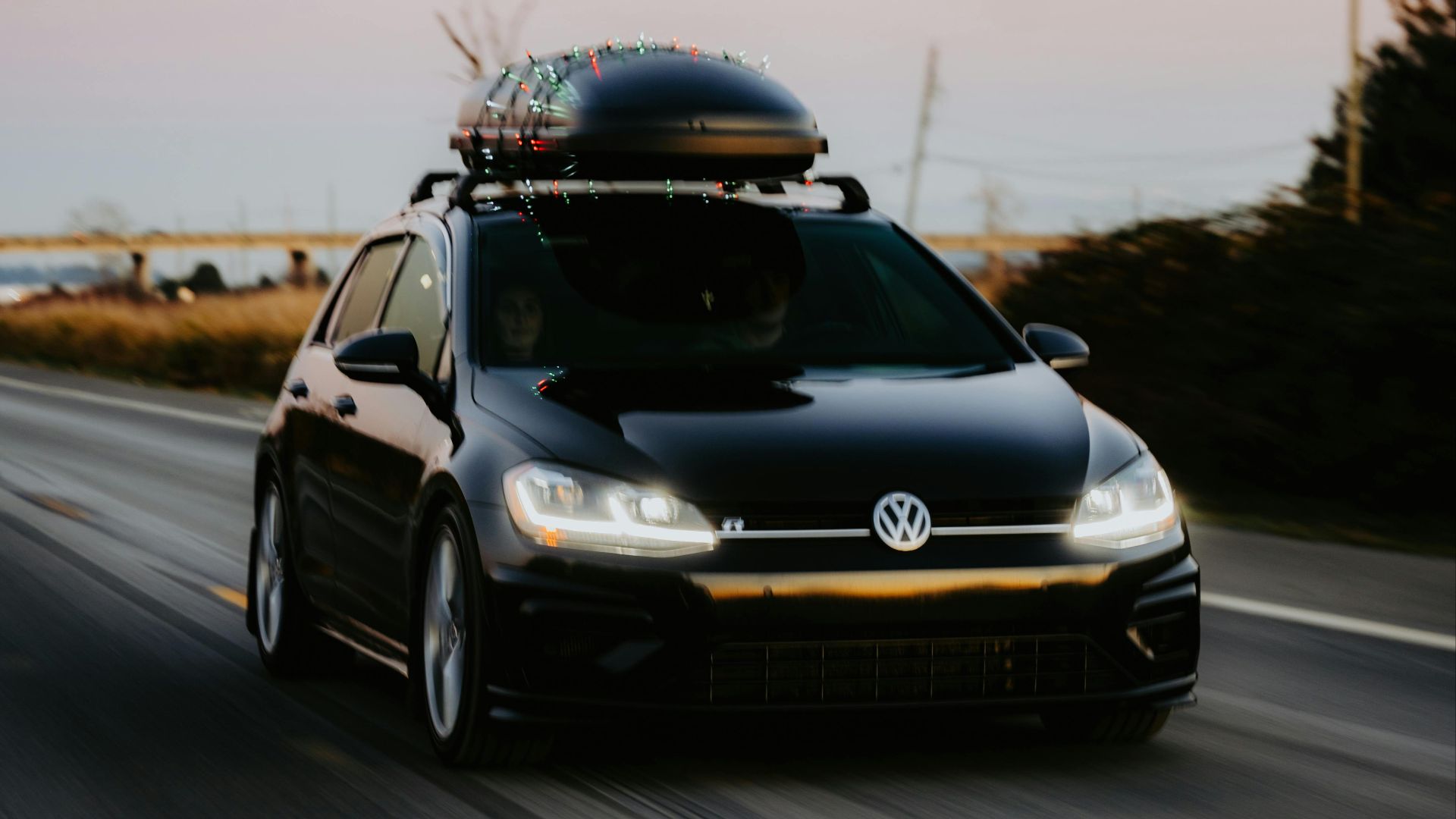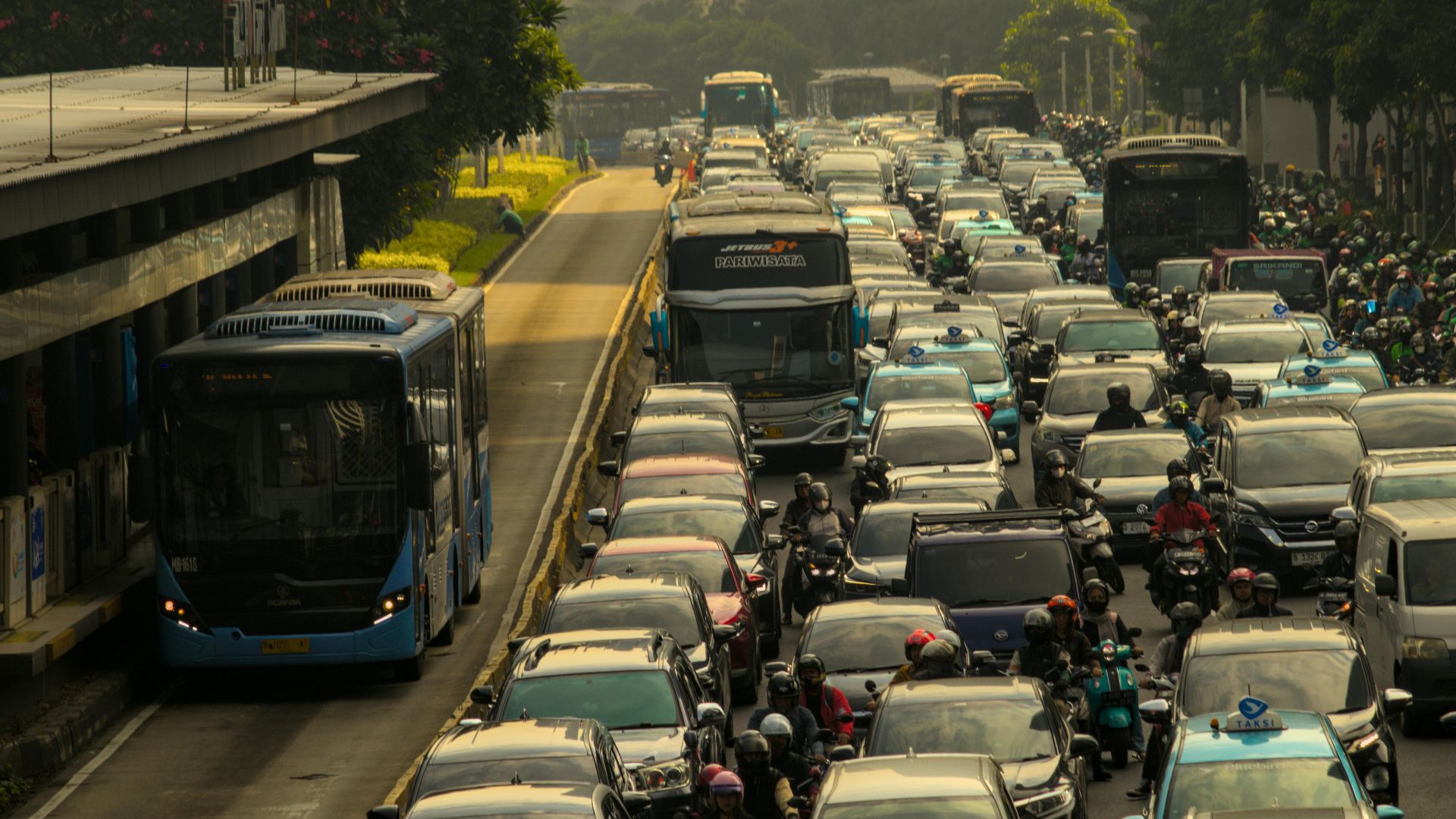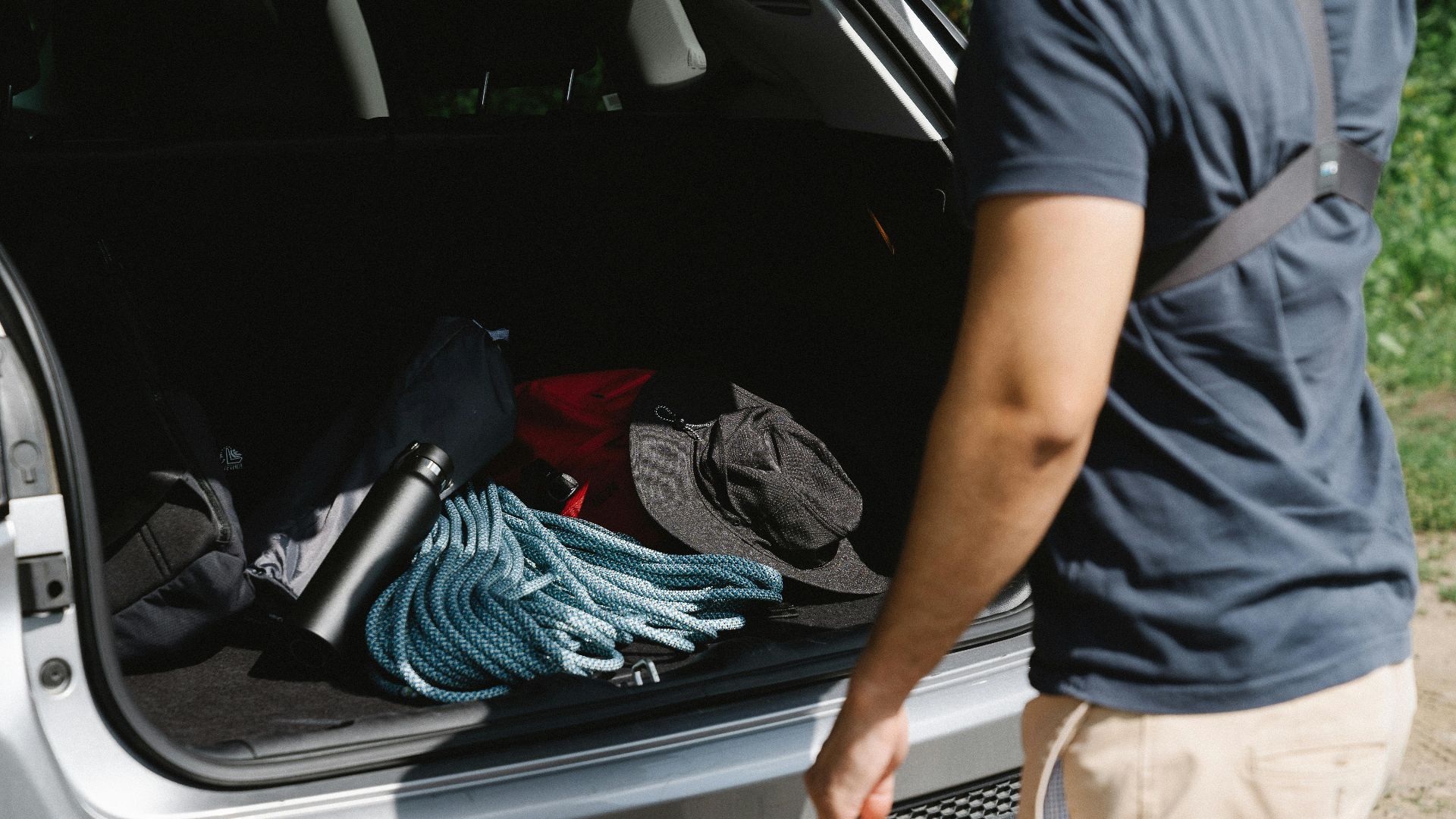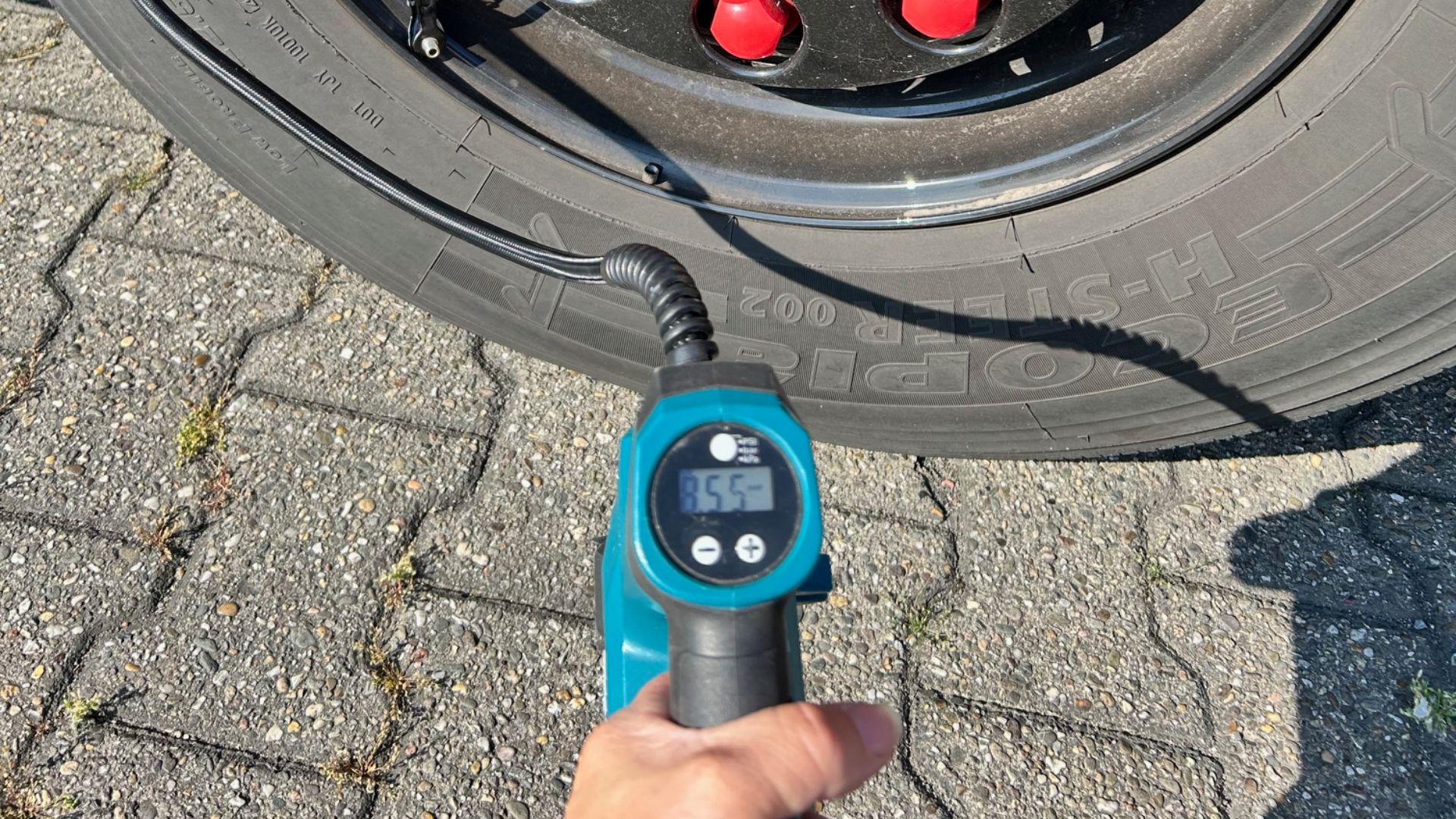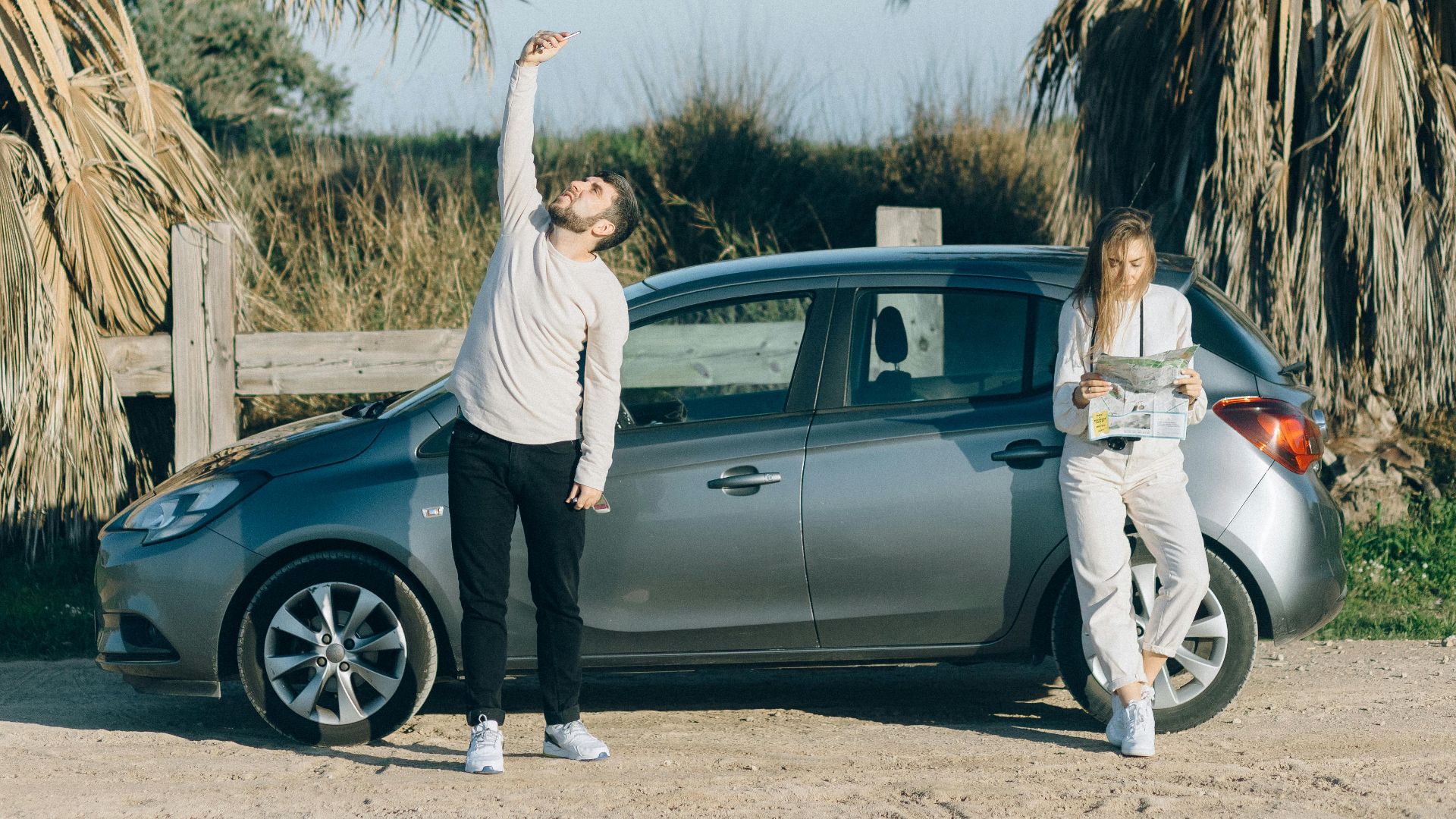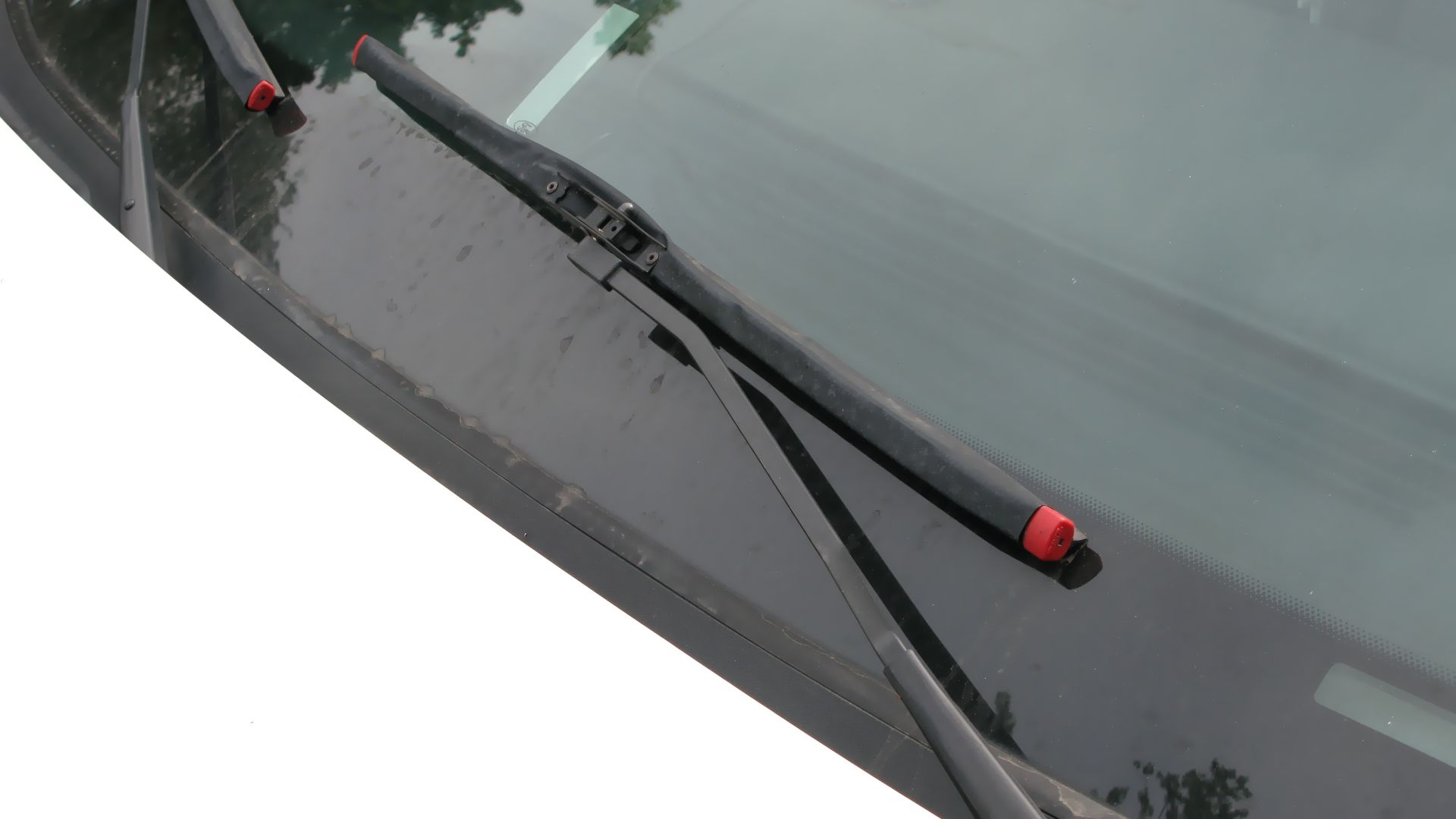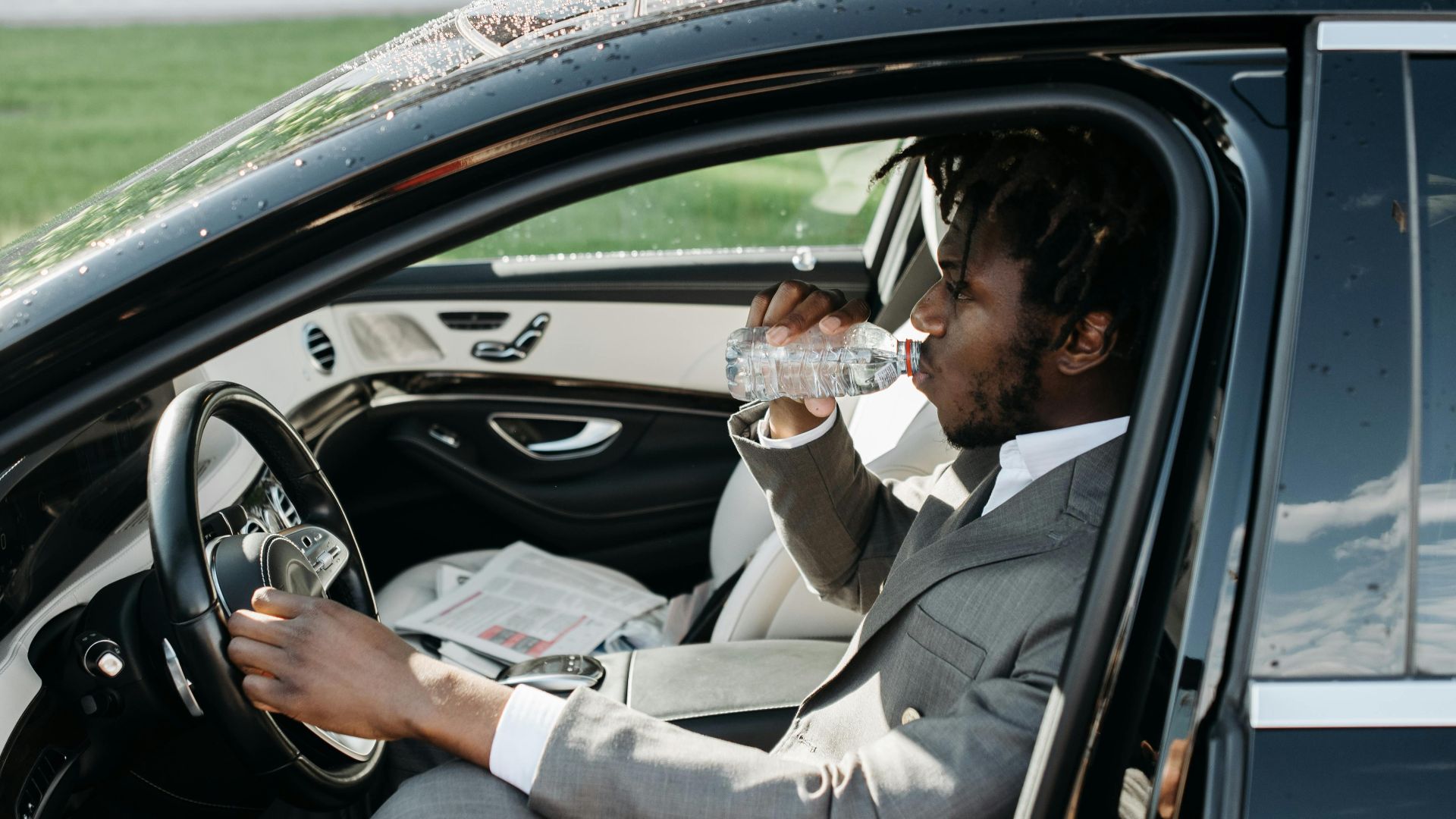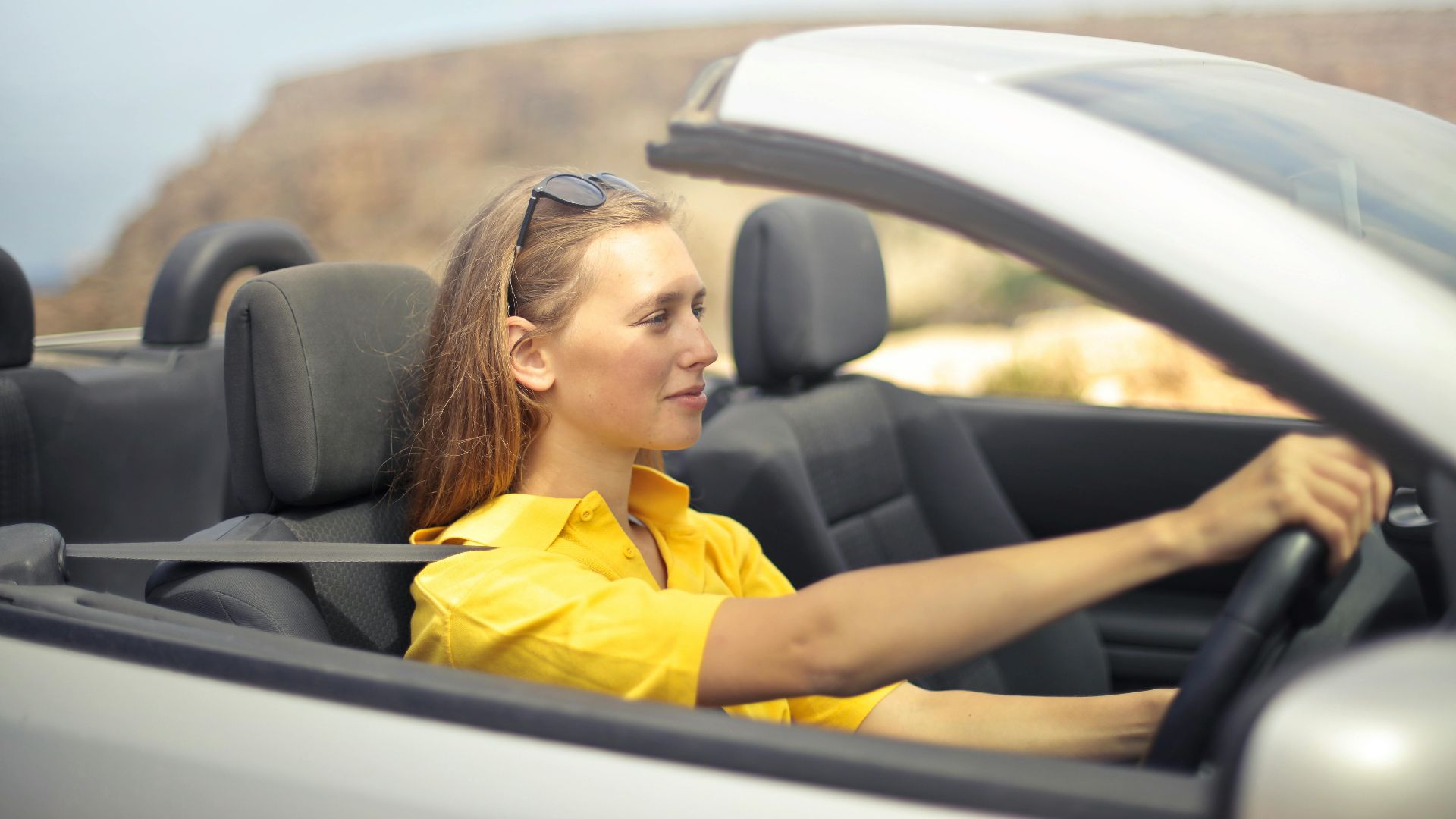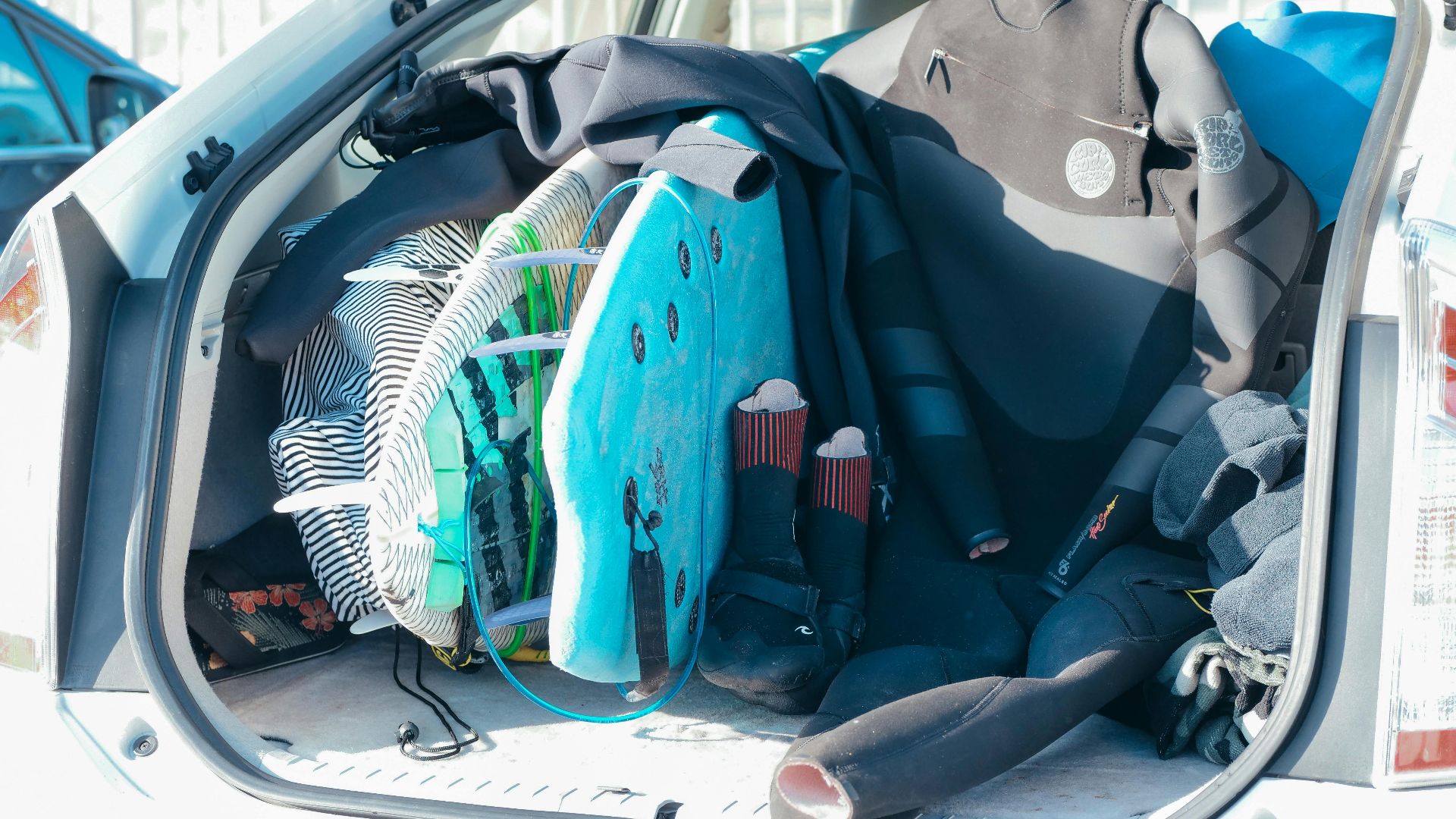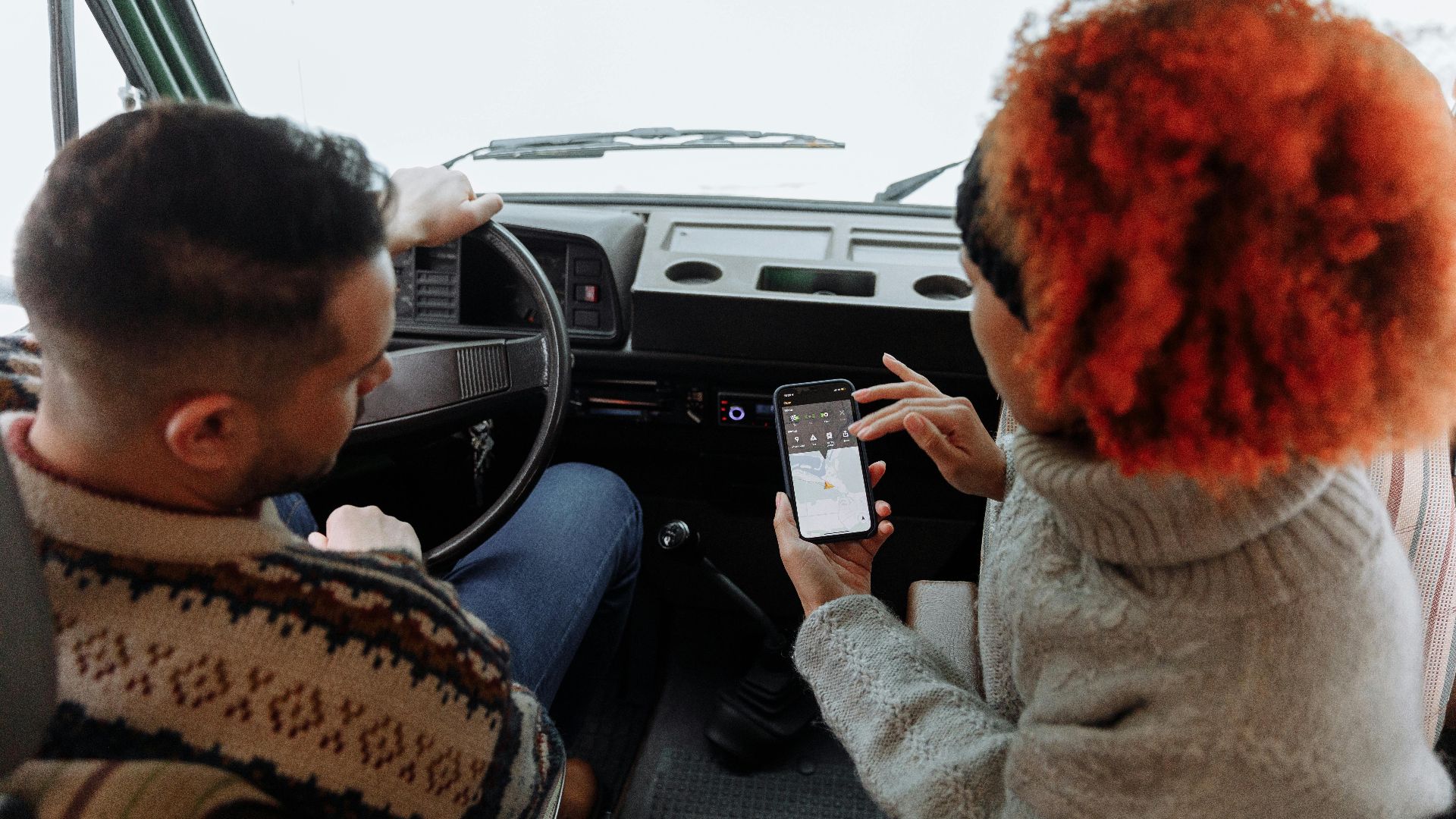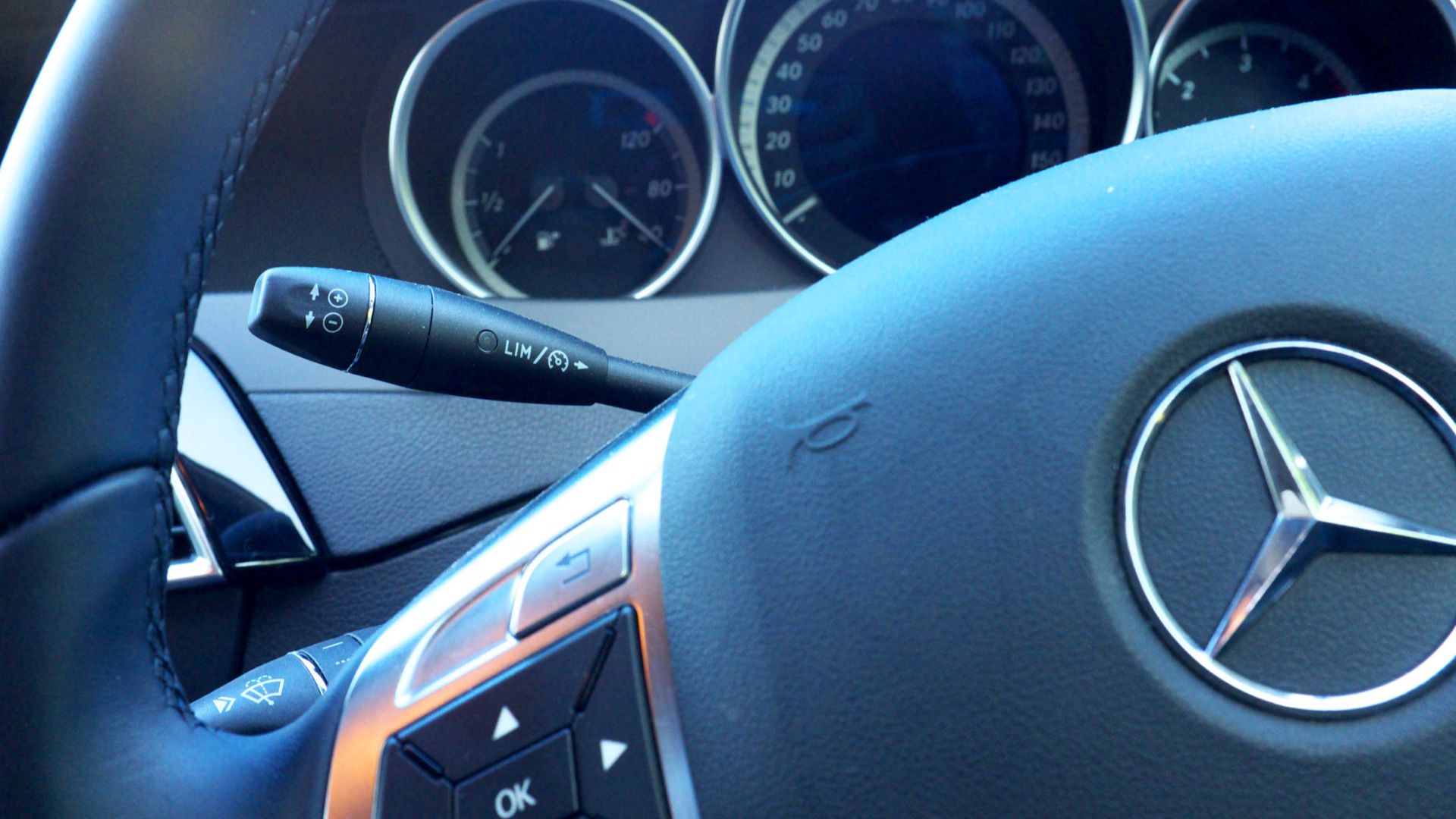Let’s Keep Things Running Smoothly
Summer driving seems easy. But if you’ve ever sat in a boiling-hot car that won’t start, you know summer isn’t as harmless as it looks. This season packs in its own set of road problems. The best part? Most of these hazards are avoidable. People just don’t think about them because they’re too focused on getting to the beach. So, first, here are ten summer driving hazards you’ll want to keep an eye out for.
1. Slippery Roads After Light Summer Rain
That first light summer drizzle may seem harmless, but it’s like a slip-n-slide waiting to happen. When rain hits the dry pavement, it loosens built-up oil and grime, making the road surface deceptively slick—especially in those first 10 to 15 minutes.
2. Blinding Sun Glare During Peak Driving Hours
Early summer mornings and late afternoons turn your windshield into a blinding light show. Glare slashes visibility and slows reaction time, particularly near intersections. Just when your eyes adjust, a shaded road flips the lighting again, catching you off guard.
3. Tire Blowouts Caused By Excessive Heat
Summer roads might as well be frying pans, as pavement can hit a scorching 140°F. That heat builds pressure inside, pushing tires to their breaking point. Add long highway drives, and the friction cranks up the heat, putting weakened tires on the edge.
4. Driver Dehydration Behind The Wheel
Inside a sun-baked car, temperatures can climb past 110°F. This level of heat quietly saps your fluids, and just a 2% drop is enough to slow your brain down. Suddenly, your driving performance starts mimicking someone who’s had too many drinks.
5. Hidden Potholes From Spring Storm Damage
Just because the snow's long gone doesn’t mean the roads are in the clear. Summer traffic masks those nasty leftovers from winter and spring. And when rain sneaks in, potholes become optical illusions disguised as innocent puddles.
6. Fatigued Drivers On Long Road Trips
Extended summer drives often involve long hours behind the wheel—all of which contribute to driver fatigue. The heat inside poorly ventilated vehicles further accelerates physical exhaustion. At highway speeds, even a momentary lapse like this can result in a serious crash.
7. Overloaded Vehicles With Poor Handling
Extra luggage and gear increase a vehicle’s stopping distance. Roof cargo poses an added risk by shifting the center of gravity upward. This becomes particularly dangerous in SUVs, where overloaded conditions significantly heighten rollover potential.
8. Aggressive Driving During Holiday Congestion
Delays caused by summer roadwork and increased tourism lead to flaring tempers and frayed patience. In congested conditions, aggressive behaviors like tailgating, unsafe lane changes, and impatient honking become more frequent.
9. Unsecured Summer Gear Becoming Projectiles
Loose items stored in trunks or tossed into backseats pose serious risks on the road. A sudden brake can turn heavy gear into airborne hazards, injuring passengers instantly. Poorly secured roof cargo may also detach at high speeds.
10. Sudden Flash Flooding On Dry Roads
Summer storms unload one to two inches of rain in under 30 minutes. Low bridges and dry creek beds become danger zones, flooding without any visible warning. Many drivers rely on GPS, but it rarely alerts them to flooded roads.
Now, let’s talk about what you can do to avoid every single one.
1. Use Polarized Sunglasses In Daylight
Sunlight bouncing off the pavement can turn your windshield into a blinding disco ball, but polarized lenses step in like your personal road crew. By cutting glare and boosting contrast, they help you spot sneaky hazards hiding in reflections.
2. Monitor Tire Pressure Weekly In Summer
Make it a habit to check pressure weekly, preferably in the cool of the morning when the tires haven’t heated up. Skip the guesswork—use a digital gauge instead of relying solely on your car’s TPMS. It’s a tiny routine that keeps your ride rolling smoothly and safely.
3. Schedule Breaks Every Two Hours On Long Drives
White lines and endless asphalt can hypnotize even the best drivers. That’s why planned pit stops every two hours are more than just bathroom breaks. Plus, with rest areas popping up every 30 to 50 miles, you won’t have to go far to recharge.
4. Replace Wiper Blades Before Rain Season Peaks
When those pop-up storms hit, worn blades make visibility a guessing game. Replacing them before the rain really rolls in takes less than five minutes and costs less than your drive-thru coffee order. And while you're at it, don’t forget the washer fluid.
5. Carry And Drink Water Throughout The Trip
Sip regularly, even if you’re not thirsty, as air conditioning masks those natural thirst signals. Reusable, insulated bottles are your road trip MVPs, keeping drinks refreshingly cool and helping you avoid heat fatigue and those nagging highway headaches.
6. Scan The Road Ahead For Surface Hazards
Train your eyes to scan 12 to 15 seconds ahead. That extra distance gives you time to spot trouble before it’s under your tires. Whether it’s a rogue pothole or a sneaky puddle, early detection means no sudden swerves or white-knuckle braking.
7. Travel During Off-Peak Hours Whenever Possible
Hitting the highway early in the morning or mid-afternoon skips the gridlock and the tempers that come with it. With fewer cars, you dodge sudden stops and the heat that builds as the day drags on. Plus, cooler pavement means smoother driving.
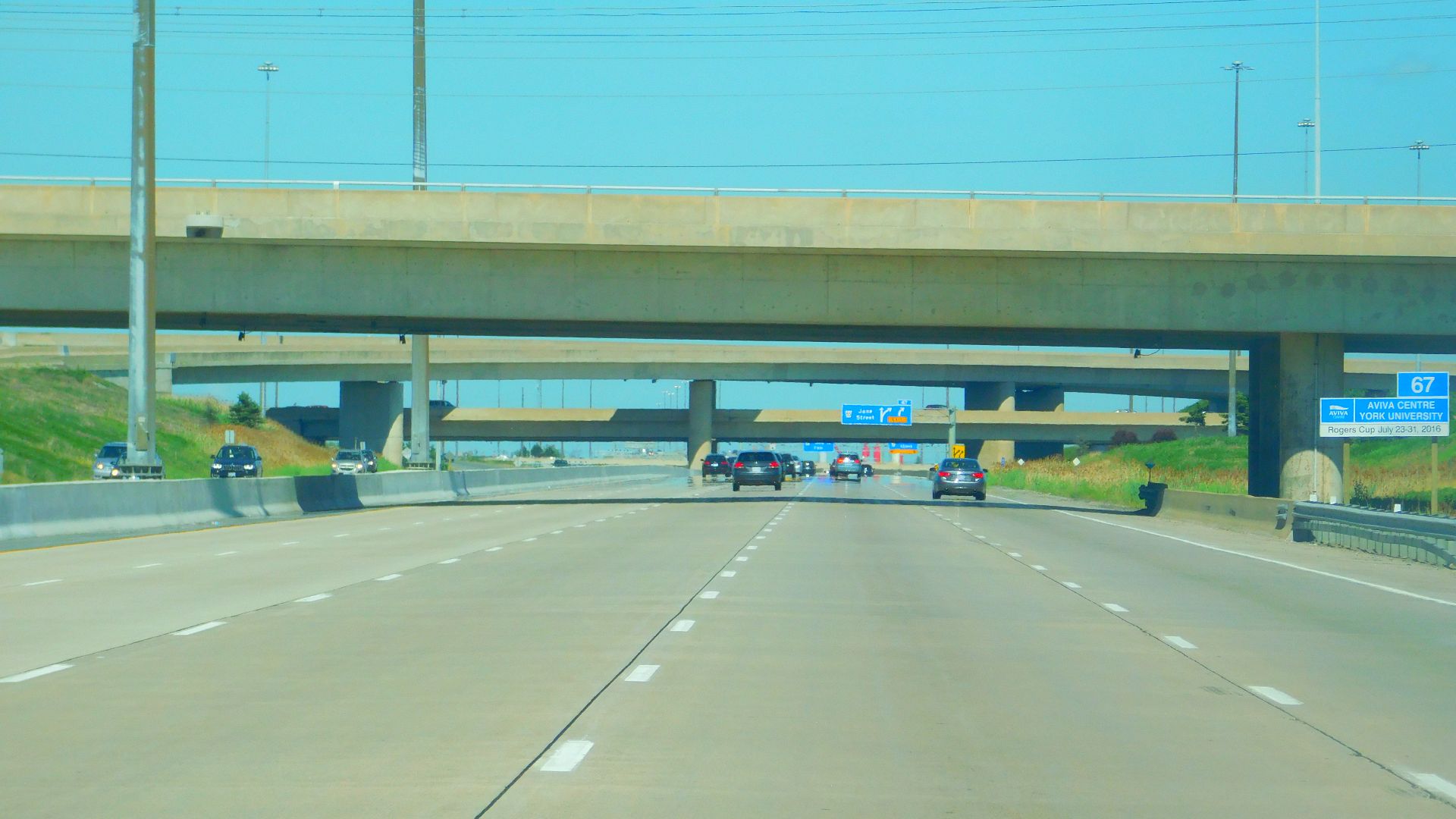 Adam Moss from East Amherst, New York, United States on Wikimedia
Adam Moss from East Amherst, New York, United States on Wikimedia
8. Secure All Cargo Inside And On Top Of Vehicles
Trunk nets keep rogue gear from becoming surprise projectiles. For better stability, place heavier items low and close to the vehicle’s center, not stacked sky-high like a game of Tetris. A few extra minutes of prep can save a major headache later.
9. Use Apps That Provide Real-Time Road Hazard Alerts
Apps like Waze and Google Maps do more than point you to the nearest gas station—they flag floods, closures, accidents, and construction zones in real time. And when things get messy up ahead, these apps reroute you smoothly.
10. Disable Cruise Control When Roads Are
Rainy roads demand your full attention, and that means switching off cruise control. Manual driving lets you respond faster if hydroplaning hits. Plus, staying actively engaged with the pedals helps you adapt braking in real time.



